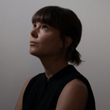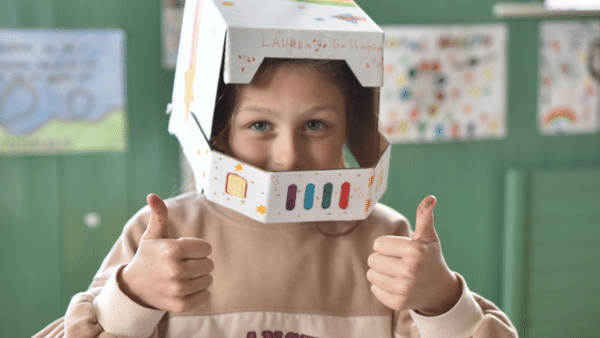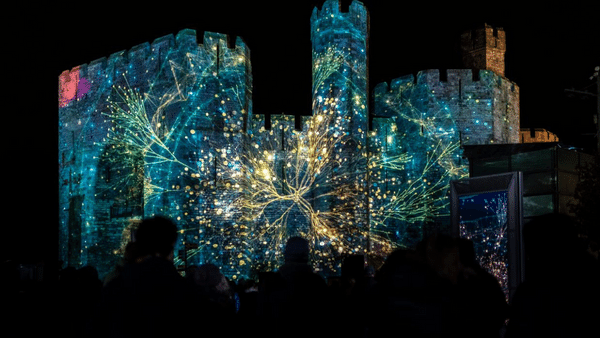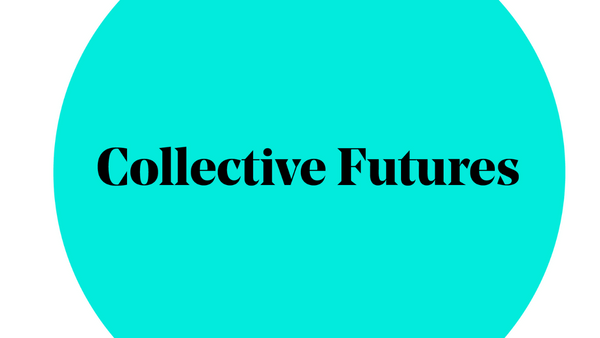In 2022, we partnered with UNBOXED: Creativity in the UK on a global exploration research project, Collective Futures.
UNBOXED featured 10 major commissions across science, tech, engineering, arts and maths culminating in hundreds of events taking place across the UK.
Super-nature was one of those commissions. Here, Tamsin Hanke and Sash Scott explain how a giant garden transformed the heart of Birmingham into an oasis, and how rediscovering the plant life of our cities can make us all happier and healthier.
We are part of a team of artists and designers behind PoliNations, a temporary and immersive giant magical garden that appeared in Birmingham city centre for three weeks in the summer of 2022. The project’s scale matched its city surroundings, where sculptures of plants and giant trees dominated a dense and natural landscape of saplings, shrubs and flowers, lending it a super-natural and surreal quality.
We asked ourselves: "What is possible when artists, designers and specialists come together to shape how our cities feel?" We wanted to celebrate natural diversity in all its forms, and we used horticulture as a vehicle to reframe our civic spaces into areas of quiet contemplation, reflection and nurturing of the collective imagination. The garden contained a thoroughfare for people going about their day. There was comfortable seating and resting areas for individuals and groups. It allowed people to stop and observe, bringing a change of pace to a part of the city that people generally just pass through.
Being in green space has been found to alleviate depression, reduce stress, improve sleep, boost happiness and foster creativity. So when looking for spaces of inspiration, nature is a great place to start. 80 per cent of the UK population now live in urban areas, yet high-quality green space rich in biodiversity is becoming increasingly inaccessible, leading to a ‘green space gap’ that is driving inequality through green space deprivation.
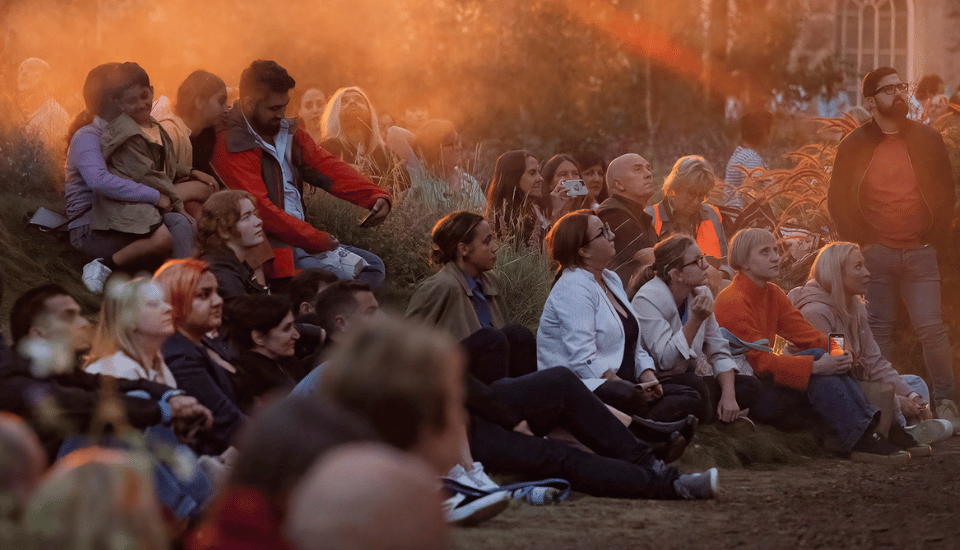
- What role does art have to play in addressing this issue, and what can be done in our cities to inspire a collective re-imagining of what good quality green space means for our cities of the future?
- How can this happen incrementally and boldly?
- How can it happen consistently?
- How can it be networked and made to happen on different scales?
- How do we inspire action and collective engagement, to nurture collective ownership?
Green spaces for wellbeing, equality and biodiversity
We believe part of the answer is to acknowledge that our civic spaces already have green space. So perhaps it’s just a case of looking more closely and working more carefully with what we already have; thinking about scale, placement, specialisms, diversity and cross-pollination in new and different ways. Super-natural interventions can create infrastructures for networked spaces and move us towards a city that can boost human wellbeing, help redress inequality and support the biodiversity we all depend on. The next step in the evolution is to make lasting and permanent edits to the city that support inclusive and biodiverse spaces for years to come.
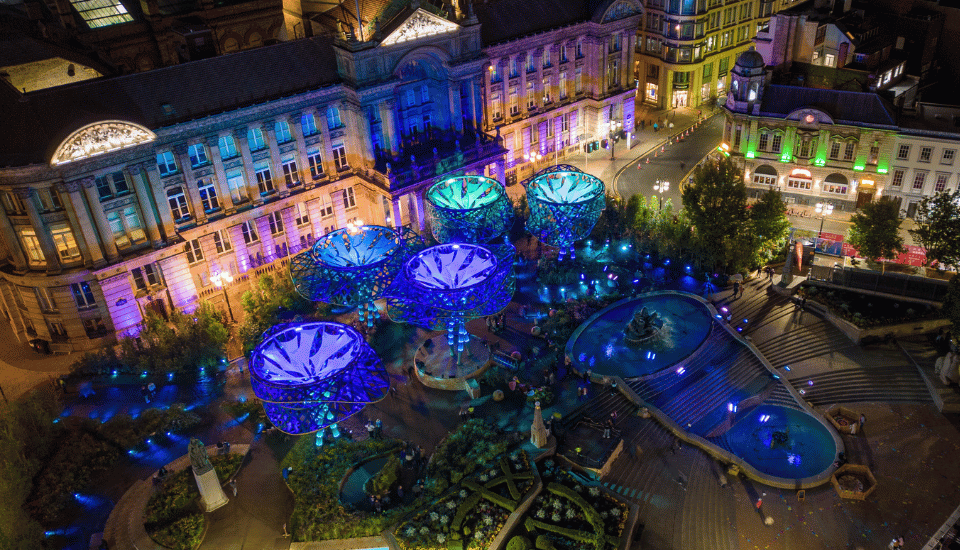
THISS Studio, is an architecture and design studio based in East London and founded by Tamsin Hanke and Sash Scott. THISS strives to develop unique and exciting projects that question ideas of context and place. Its interdisciplinary practice sits within the realms of architecture, sculpture and landscape, where each project explores the evolving relationship to a wider contextual hinterland. By using carefully selected materials and low-impact methodologies, the team enjoys making and testing ideas that challenge our material presence in the world.
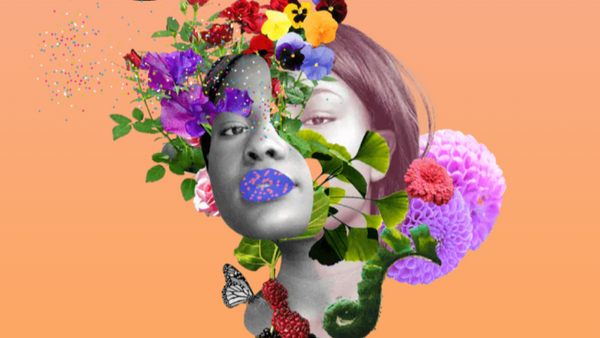
PoliNations
PoliNations reflects on the UK’s complex histories surrounding migration and diversity whilst celebrating our differences, our roots, and our future, and emphasising the importance of access to green spaces and a healthy planet.
Related Collective Futures articles
-
Out of this world
Blog
John Peto
Unboxed's Our Place in Space project convened astronauts, academics, artists, authors and engineers to bring the universe to thrilling life for schoolchildren across the UK.
-
About us: our language has saved us once before
Blog
Natasha Ryan
Our partnership with Unboxed featured 10 major commissions across science, tech, engineering, arts and maths About Us was one of those commissions. Learn more.
-
Interactive Exploration
Collective Futures practitioners responded generously to our global exploration - sharing their experiences, insights, techniques, inspirations and stories. Explore our findings in this interactive space.
